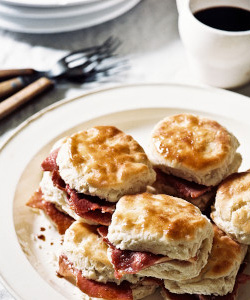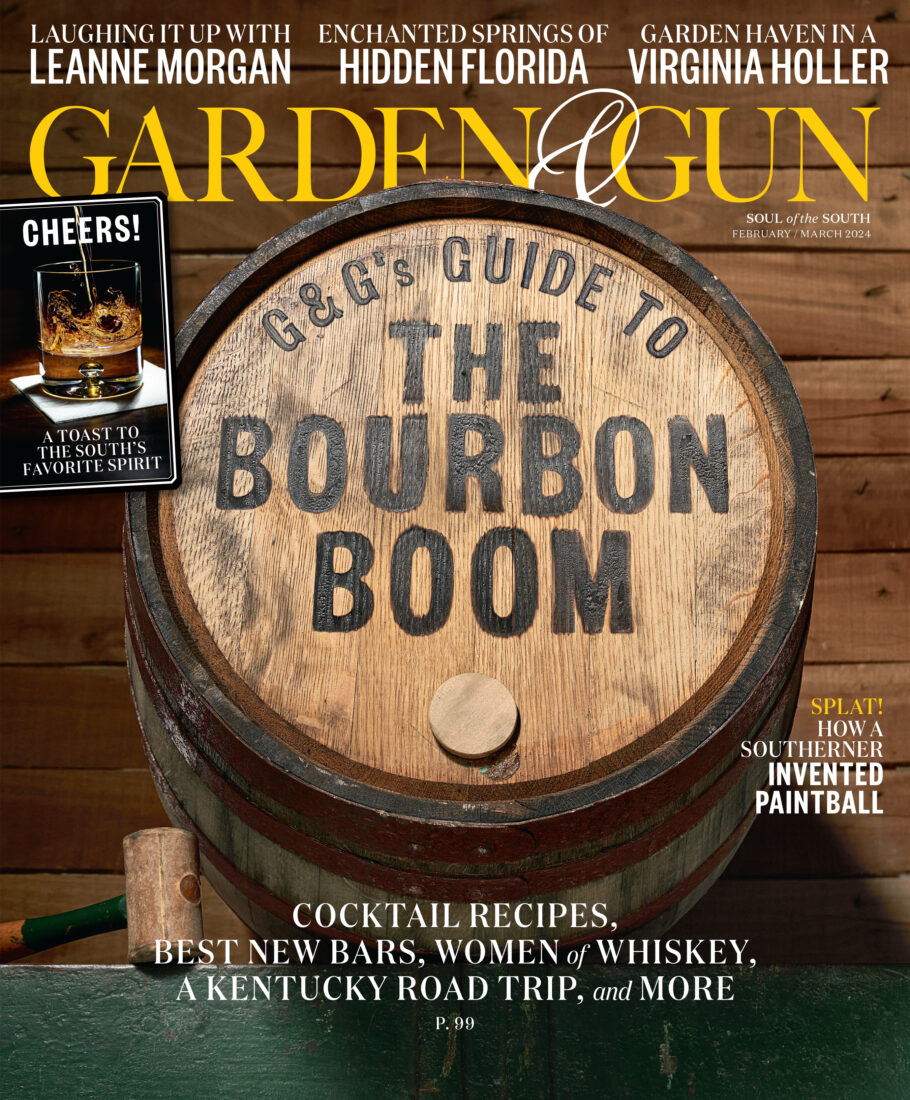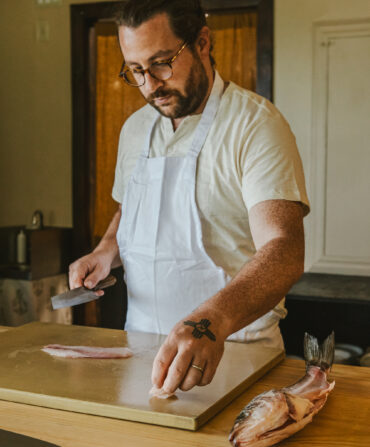No, bourbon does not need to be made in Kentucky (just United States). And—are you sitting down?—some of the boldest, most flavorful bourbon being produced today is emerging out of Texas.
“It’s like Kentucky whiskey, but amplified,” says Jake Clements, cofounder of the Texas Whiskey Festival, held in April and now entering its seventh year. “Our whiskey has come so far in such a short amount of time.”

Indeed. Texas bourbon has pretty much gone from zero to delicious in less than two decades. Garrison Brothers, located in the Hill Country between Fredericksburg and Austin, was first out of the gate when it started making bourbon in 2006. Others tumbled into the market over the next five years, including Balcones, TX Whiskey, Treaty Oak, and Ranger Creek. Another wave arrived beginning in 2014 with Ironroot Republic, followed by Still Austin, Andalusia, and Milam & Greene. All are today making bourbons that are garnering awards and devoted fans.
“We’re embracing the warm weather, embracing the grains, and following this notion of trying to make Texas bourbon something different than what they’re doing up in Kentucky,” says Robert Likarish, who founded Ironroot with his brother and mother.
Much of what distinguishes Texas bourbon is due to the climate—it’s hotter and more punishing than in Kentucky. This affects fermentation (and the tastes that result), as well as how the whiskey ages in a barrel. At the outset, connoisseurs viewed Texas bourbons as raggedy and rough, the poorer country cousins of the more cultured bourbons up north. But distillers are finding ways to harness local conditions to refine their whiskey and produce flavors that are both audacious and distinctive. Ironroot’s Harbinger bourbon, for instance, is bottled at an aggressive 115 proof and boasts dusky, chocolaty notes. Still Austin’s Cask Strength has dense notes of fig and stewed blackberries—you can almost taste the Texas heat enveloping the casks.
“The temperature swings are definitely Texas-sized,” says Donnis Todd, the master distiller at Garrison Brothers. (The day we spoke, it had been thirty-nine degrees that morning and had already risen to eighty-seven.) “Those swings are making great bourbon. The inside of the barrel is like an accordion—it’s in and out, in and out,” he says, referring to how higher temperatures force whiskey deeper into the oak, just as cooler temperatures pull it back out. Distillers elsewhere might get swings of forty or fifty degrees over the course of a few months. “I can get these daily year-round.”
Bourbon is made predominantly from corn, and many distillers nationally rely on inexpensive, high-yield yellow corn bought on the commodity market. But Texan distillers have explored different varieties, which often produce less alcohol but can result in richer, unexpected flavors. Balcones was a pioneer in this, releasing its Baby Blue corn whiskey, made from roasted blue corn. Garrison Brothers uses white corn from the Panhandle, and Still Austin recently released a bottled-in-bond whiskey made from red corn. Since its founding, Ironroot Republic has experimented with forty-seven varietals in developing its bourbons. “We’ve been working with corn breeders at Texas A&M and Texas Tech over the past couple of years,” Likarish says, to “create different flavors, much like they do with grapes” in the wine trade. He’s keen on recent trials with a Texan purple corn.
“Within ten years, Texas will be regarded in the same fashion as Kentucky bourbon,” Clements insists. “Maybe fifteen years.”
“The bourbon swimming pool is deep,” Todd adds. “We want people to enjoy all of it.”

Thirsty for More?
See Nine of the South’s Best Whiskey Bars, Seven Women Brining Bourbon into the Future, and more at G&G’s Guide to the Bourbon Boom.








